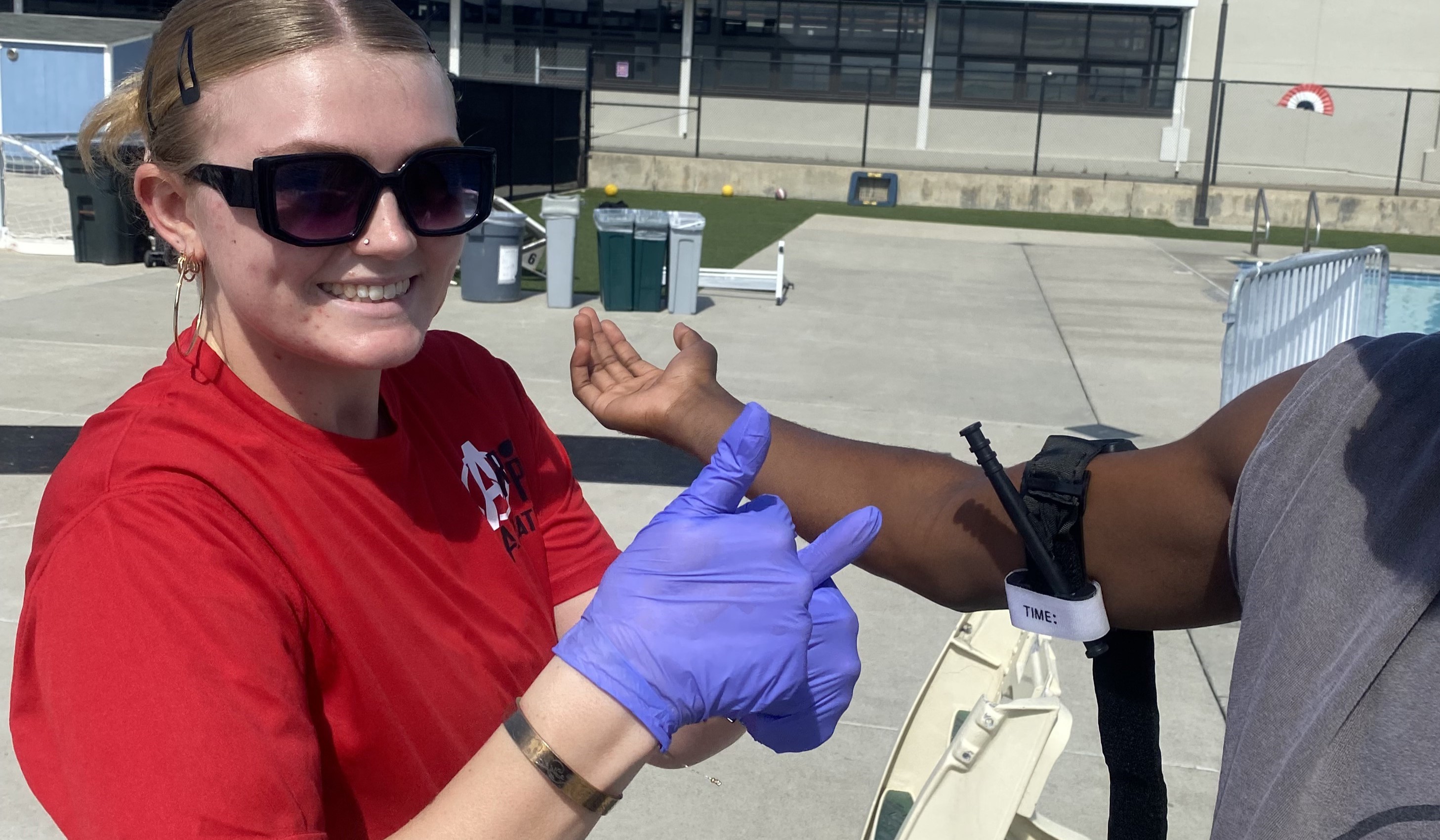California utility Pacific Gas & Electric Co. has concluded that robotic automatic pool cleaners are efficient enough to warrant a rebate statewide.
In the past, PG&E also was instrumental in development of the state’s Title 20 requirements for energy efficiency in pumps, portable spas and other equipment.
The rebate for robotic cleaners isn’t guaranteed, though it’s recommended. The utility has a finite amount of funds available for rebate programs and has yet to finalize its allocation of resources.
In addition, before moving forward with a rebate PG&E has to assess demand in the market and work with manufacturers to address some wear problems that the utility has found with this category of cleaner in the California market, said spokeswoman Oksana Harris.
“Several manufacturers have been making improvements to their robotic cleaner lines to address these and other customer concerns,” Harris said. “Thus far, enhancements include anti-kink cords, cleaners with fewer belts, some propelled more by jets, and a more modular design for easier, local repair.”
The next step is for PG&E staff to submit supporting documents in favor of the rebate. It is not known when the utility will make a final decision.
PG&E embarked on a study last year to determine the efficiency of 18 automatic pool cleaners in a variety of categories. Testing was set up to explore how many watt hours of energy each cleaner used for every square foot of floor covered.
Those who performed the study anticipated that robotic cleaners would be more efficient, but were surprised by the cause.
“What we didn’t expect to find is that the root cause of the relatively lower efficiency of hydraulic cleaners was the pumping system and the way the water is supplied, not the cleaner head itself,” said Gary Fernstrom, a staff augmentation employee at PG&E who has spearheaded advocacy efforts for energy efficiency in pools and spas.
But the study also reported that hydraulically powered cleaners actually used less power than PG&E representatives had expected.
The robotic cleaners were found to use the least energy because of their built-in dedicated pumps.
The disparity in efficiency between robotic and hydraulically powered cleaners wasn’t a matter of performance, Fernstrom said, but more a matter of physics.
“If there’s a difference in the apparent efficiency of these [products], it isn’t the cleaners’ fault, but the way they are powered by the pump and the water system that provides the water to them. In my opinion, all the products are made well. It’s just the way water works,” Fernstrom said.
The study concluded that the efficiency of hydraulically operated cleaners could be improved with the installation of a valve to separate the cleaning and filtration functions, so that each can be handled separately on the lowest speed possible by a variable-speed pump. The study went on to state that booster-pump-operated cleaners could be improved by using smaller, more efficient pumps.
“I’m told by some of the manufacturers that they have come to these conclusions, too, and are either thinking about or working toward those ends,” Fernstrom said.



